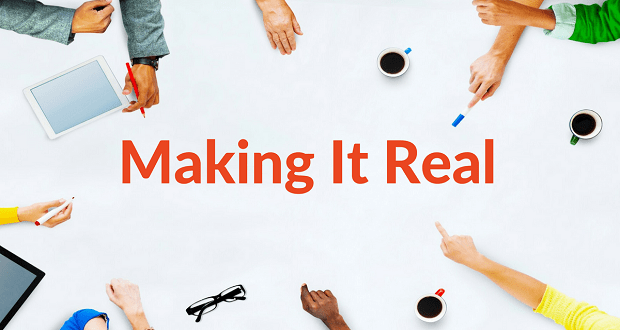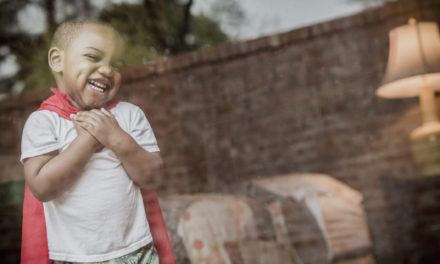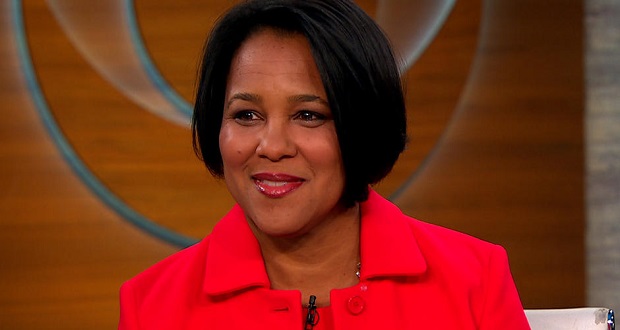
Last week, we finished a series called “There’s Levels to This” in which we defined three levels of systems—interpersonal, group, and institutional—and unpacked the ways in which inequity manifests at each level as well as our role in perpetuating or fighting it. In the post on institutional equity, I wrote, “We can begin to create sustainable transformation. One truth, one story, one policy, one behavior, one act of resistance at a time.” But what do these policies and behaviors and acts of resistance look like?
Over the past year, we’ve had various feature series that focus explicitly on equity: “#StayWoke… Live Inclusively”, “Equity Vs. Equality”, and “Mapping the Intersection [of D&I and Social Justice]” are a few that come to mind. We’ve given you some small examples of what actions you can take in your own lives and organizations, but we wanted to go even further in these series and make it real. We wanted to show you examples of people and organizations who have successfully or unsuccessfully taken steps towards equity and analyze why it has or hasn’t worked. We wanted to talk strategy with you all and get real about what’s possible, what’s necessary, and what truths lie behind the successes we see.
To do that, this series will use case studies to tell the stories of policy change, culture change/behavioral change, and moments of resistance that make the fight for equity real and tangible. But first, let’s talk briefly about our starting point: the sociopolitical climate of polarization, social media callouts, antagonization, and fear.
As we say all the time on this blog and as Mary-Frances Winters says in her book We Can’t Talk About That at Work!: How to Talk About Race, Religion, Politics, and Other Polarizing Topics, our organizations do not exist within a vacuum. In order to thrive in this current sociopolitical climate, we need to know how to navigate the outside world as it’s brought into the workplace. In every work place, there are people walking around with diametrically opposed viewpoints, and we know that while this is absolutely okay and necessary, there will be clashes at times. We just have to know how to handle them. That’s why we focus on dialogue so often. There are skills associated with being able to have conversations around difficult topics (check out the book if you’re interested in learning more).
This series, however, will take us beyond dialogue to think about how these dialogues can be best used as the baseline or starting points for broader DEI strategies. It’s not necessarily a question of “What’s next?” but rather, a question of “What else?”. We know we need to have a dialogue, but how do we think about policies, cultural changes, and acts of resistance within those dialogues, as products of those dialogues, and as part of a broader strategy for creating an equitable environment? What are organizations and leaders doing, successfully or not, to incorporate equity into their ethos and strategic plan, and what are they doing to fight inequity that exists within their spheres of influence?
We look forward to diving into these case studies with you and to finding paths forward in the process. Equity is a tricky subject, because ultimately, fighting inequity requires risk when many of the systems we live in are inequitable. But, it’s in taking those risks that we find out what’s real, what’s worth fighting for. So, it’s about to get real.
It's about to get real. What, and who, are your models for #diversity, #equity, and #inclusion? Click To Tweet



![Live Inclusively Actualized: What is Self-Awareness [Understanding], Really?](https://theinclusionsolution.me/wp-content/uploads/2018/01/self-awareness-blog.jpg)













